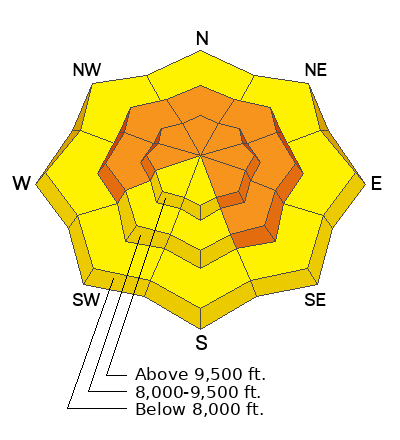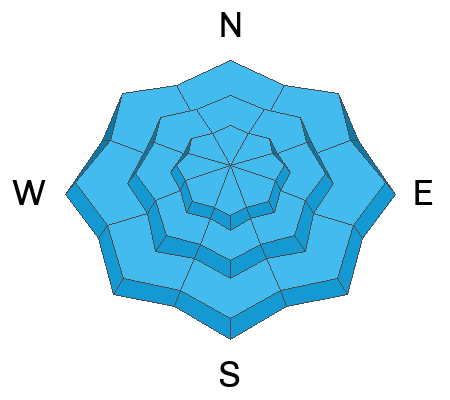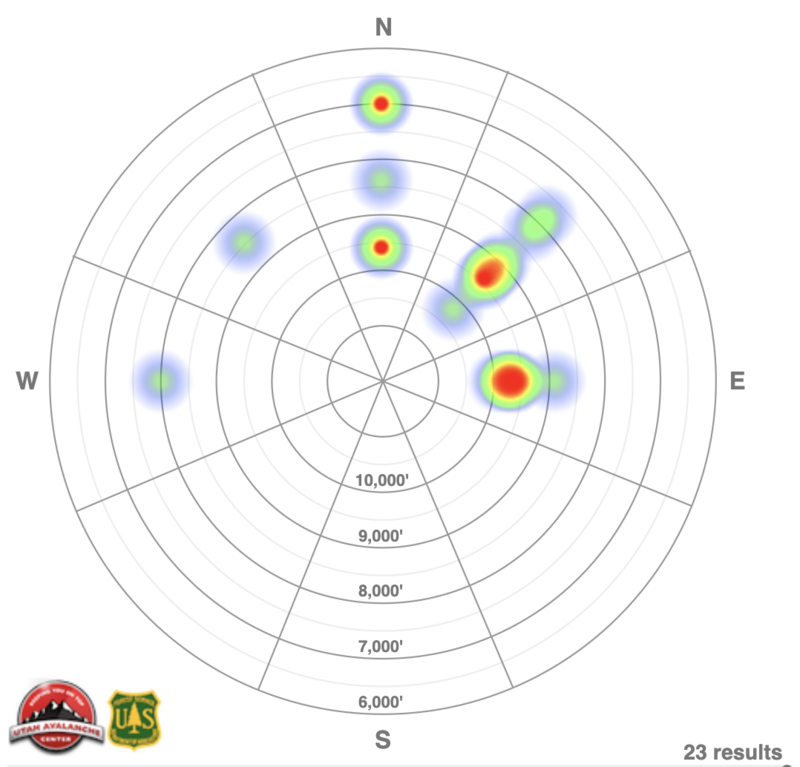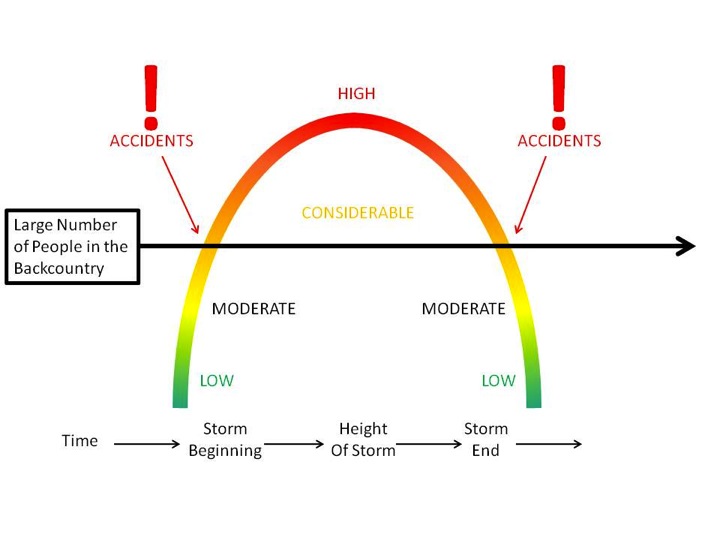Forecast for the Provo Area Mountains

Issued by Drew Hardesty on
Tuesday morning, December 6, 2022
Tuesday morning, December 6, 2022
A tricky CONSIDERABLE avalanche danger exists on steep west to north to southeast facing slopes at the mid and upper elevations. Dangerous human triggered avalanches 1-4' deep and up to 300' wide are likely...and may be triggered at a distance. A MODERATE avalanche danger exists on all south and southwest facing slopes and in the low elevation bands.
NOTE that loose new snow avalanches can be expected in very steep terrain of all aspects again today.
Travel Advice: Choose low angle terrain with nothing steep above.

Low
Moderate
Considerable
High
Extreme
Learn how to read the forecast here









